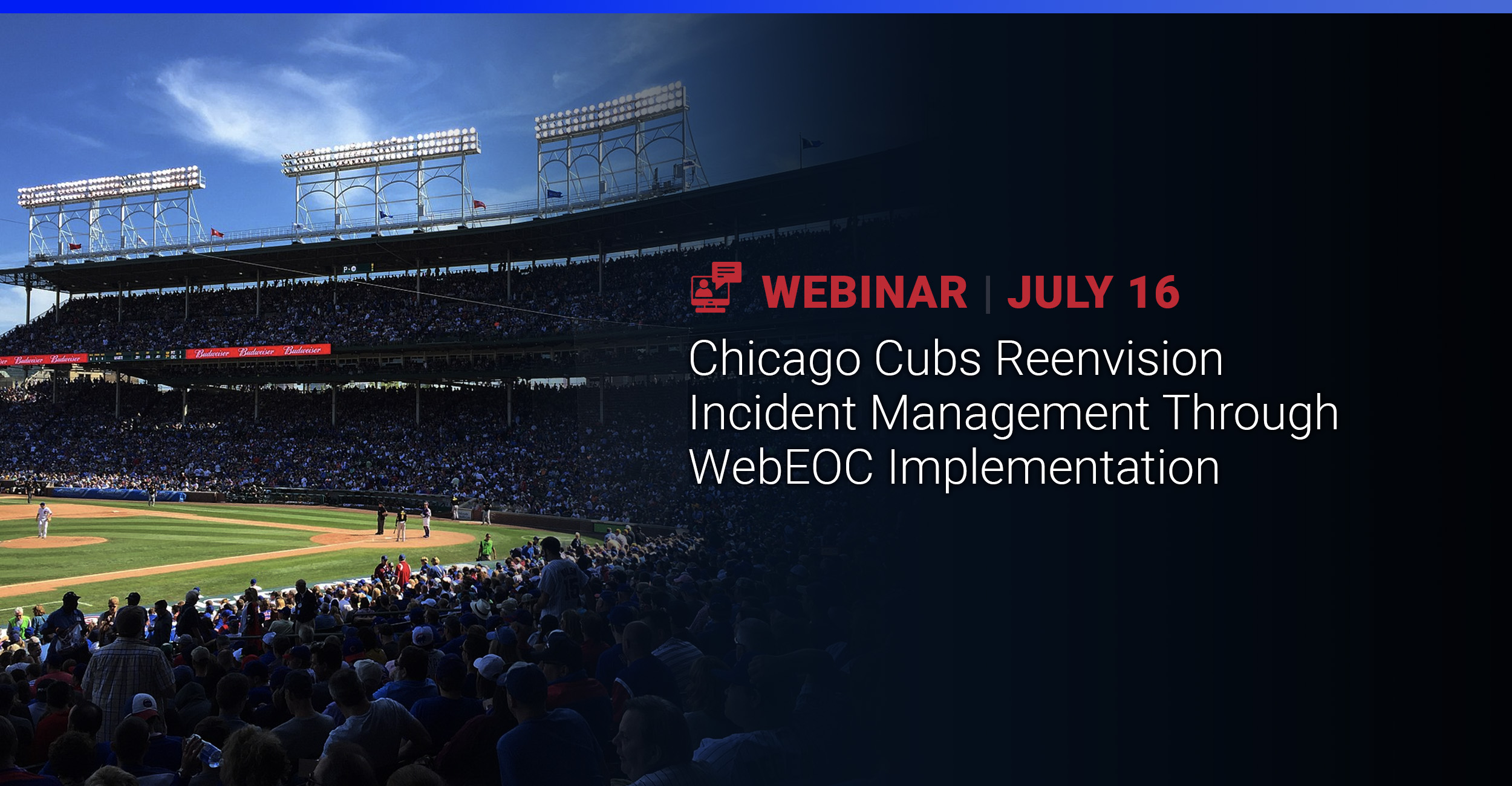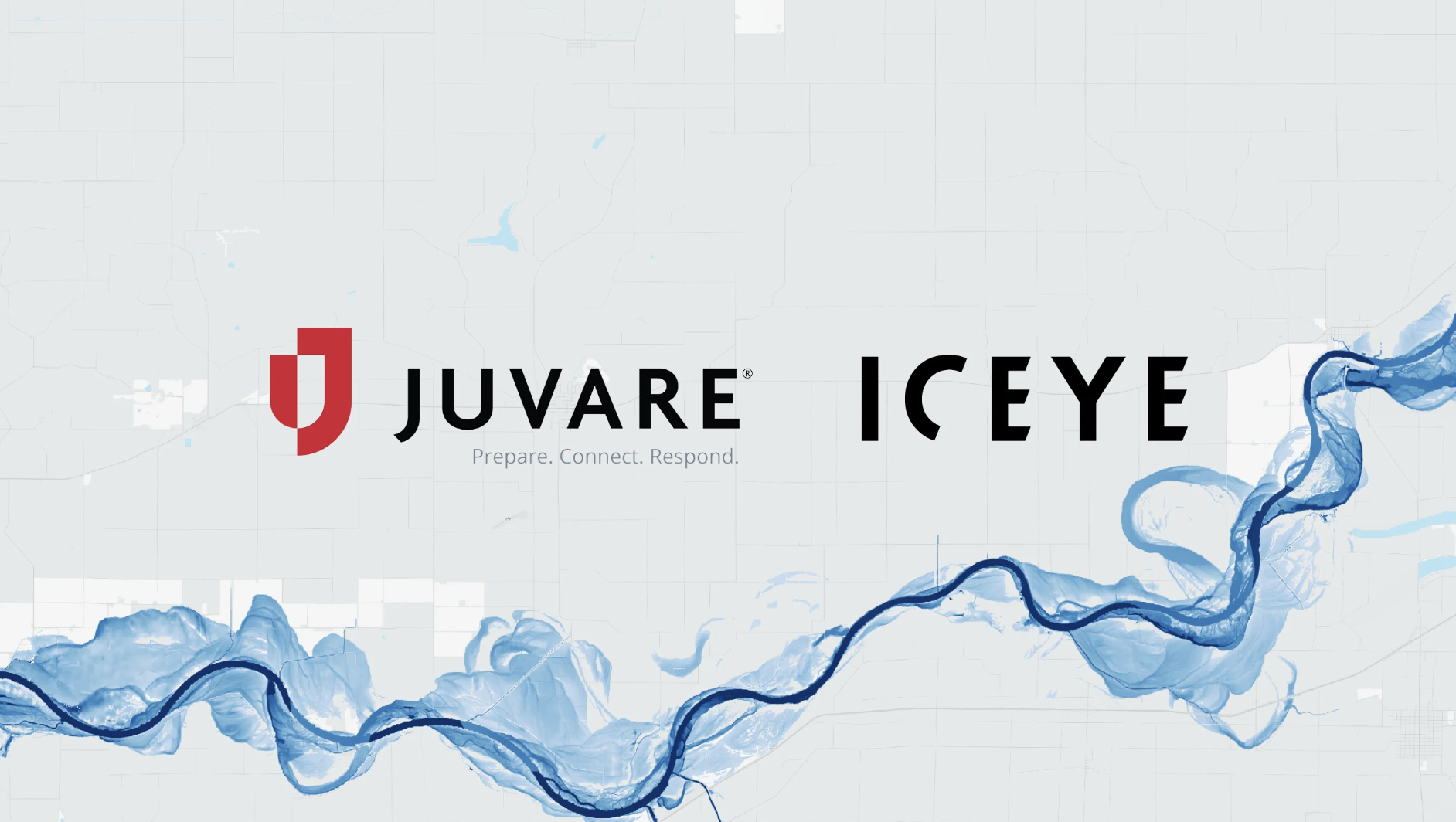As the rollout of the COVID-19 vaccine continues to accelerate, those tasked with overseeing its distribution face unprecedented challenges. Not only is it necessary to provide hundreds of millions of vaccinations in a very short timeframe, the mechanics of ensuring that the appropriate target populations are able to access the vaccine in a relatively frictionless manner has created a major strain on the nation’s current infrastructure.
People around the globe are watching this process unfold with great interest and at times, trepidation. With so much on the line, the vaccine rollout challenge has exposed key societal themes including: under-investment in public health infrastructure; lack of public trust in public health institutions; and lack of equity and access to care. While there is no “silver bullet” to such complicated challenges, local health departments, hospitals, and other healthcare organizations are using purpose-built software to overcome the biggest challenge of our lifetime.
The Challenges of COVID-19 Vaccine Management
Many public health administrators began creating their COVID-19 vaccination programs by looking to plans that were implemented during the H1N1 influenza pandemic. Some jurisdictions have used Juvare’s EMTrack for over a decade as a part of their emergency preparedness programs. As a part of their pandemic response, states such as Illinois leveraged existing infrastructure to quickly scale up vaccine distribution. However, the COVID-19 vaccine presents new challenges. Based on our front-row seat view, this article takes a closer look at the primary issues with management of the COVID-19 vaccination rollout that need to be addressed and how software is helping to solve them.
Unsteady Supply
Not only is there limited supply of the COVID-19 vaccine, its distribution and allocation are subject to uncertainty, potentially eluding easy planning. To quickly distribute the maximum number of vaccines, health departments, providers, and employers need to be agile in the way they manage both their allocated supply and POD throughput.
Limited supply and high demand have created the need for a streamlined, accurate, and efficient online waitlist and scheduling process. Vaccination PODs must strive to make it easy for people to schedule appointments in a convenient manner while at the same time ensuring that the digitally savvy do not crowd out those without access to the internet or a computer. This helps to ensure that all those who are eligible for the vaccine can quickly and easily register for their appointments.
A vaccine administration management system should provide automated reminders to help ensure that registrants keep their scheduled appointments and offer alternative slots if patients have a need to reschedule their appointment. This will reduce the potential for waste due to thawed vaccines passing their expiration dates.
The system must also be user-friendly enough to accommodate unexpected shocks to the system, such as unexpected variances in vaccine allotments. When supplies exceed scheduled demand, it requires the ability to communicate with people on a waitlist to rapidly fill new appointments. When supplies are lower than scheduled demand, the software must make it easy for providers to reach scheduled patients ahead of time to communicate appointment changes.
Trust is the Limiting Reagent
A necessary function of uncertain supply chains is that public health departments are faced with picking between what economists would call Type I errors and Type II errors. Type I errors occur when departments choose not to schedule events because they are too conservative in their desire for certainty that the vaccines will arrive as promised. Type II errors are when departments are too aggressive in scheduling vaccine PODs in their quest to vaccinate as many people as possible. We should not be surprised that there is a lot of friction around cancelled appointments because there is no perfect answer – we want to be aggressive in vaccine distribution, the question is simply, how aggressive?
This is one area where public trust in government institutions has been an Achilles’ heel of the pandemic response. Jurisdictions wanting to be as aggressive as possible on distribution need to be able to effectively explain to their stakeholders that the supply chain is uncertain, and that it does mean that their first dose appointments may be cancelled if – despite the best planning possible under the circumstances – there are shocks to the supply chain. That’s a feature of trying to develop a vaccine and deploy it in a fraction of the time it would typically take. The trust required to adequately communicate such a complicated message, and the leadership required to withstand public criticism and keep the team morale high are grossly underappreciated facets of our pandemic response.
Staffing and Distribution
In preparation for the vaccine roll-out, many local health departments and provider organizations are transferring staff, offering overtime incentives, and turning to volunteers. States and counties using Juvare’s CORES RMS have seen unprecedented response to their calls for volunteers (see examples from Illinois and New Hampshire). Several states have gone further and called on the National Guard to assist with mass vaccinations.
However staffed, PODs have a rotation of members who need to quickly learn how to use a new system, a new process, and assimilate to a new team. The right software can improve the efficiency of the staff on hand, allow them to focus on narrow tasks, and make it hard for them to fail. Software designed with a mobile-first approach streamlines data capture in busy chaotic environments and allows staff to remain focused on their patients’ needs.
Knowing that a significant and real digital divide exists, it is essential to provide simple and intuitive vaccination appointments, both for patients scheduling their own appointments and for coordinators scheduling appointments on behalf of their constituents. The goal then should be to minimize the learning curve and support just-in-time training and onboarding. When patients arrive at the vaccination distribution location, contactless on-site verification reduces the likelihood of staff and volunteer exposure.
Data Submission
Efficient and accurate data submission is key to ensuring an effective state and national response; it’s also amply evident that at a national scale data submission has been woefully lacking. It is wasteful to ask volunteers and staff to spend hours typing in data from paper records to immunization registries, and without information, decision making is difficult. This is an area where software must be a part of the answer. A streamlined system is needed to track inventory at each provider site, deduct inventory when shots are administered, and automatically submit data to the state or federal immunization registry.
Currently, only a portion of American adults are registered in any immunization system. Immunization registries are seeing an unprecedented surge in the flow of data. Providers or pharmacies who neglected their HL7 interfaces to the state immunization registries for years have woken up to the need to establish integration, the dormant data infrastructure has been activated.
Top COVID-19 vaccine management software systems facilitate automated data submission to state immunization information systems. But that is simply one piece of the puzzle. With the rapid increase in sites allowed to submit data to immunization registries, states not only need software to submit data, but also people to coach end-users on areas where data collection is weak and can be improved. For example, national data on race and ethnicity are very important to assess equity in vaccine distribution; if one site is consistently missing those data elements, a mechanism to encourage course correction must accompany any software solution.
Mass Vaccination Software Solutions
The U.S. public health and emergency management system needs a critical event management solution that will ensure safe, efficient, and effective vaccine distribution. Today’s advances in COVID-19 vaccine management are transforming the way health departments, hospitals, and healthcare facilities handle vaccine administration. Not only will this improve the next wave of COVID-19 vaccinations, but it will also help shape the way we create public health and emergency response strategies in the future. Contact our expert healthcare team to learn more about how Juvare’s EMTrack software solution is changing the world of vaccine tracking and distribution.

















